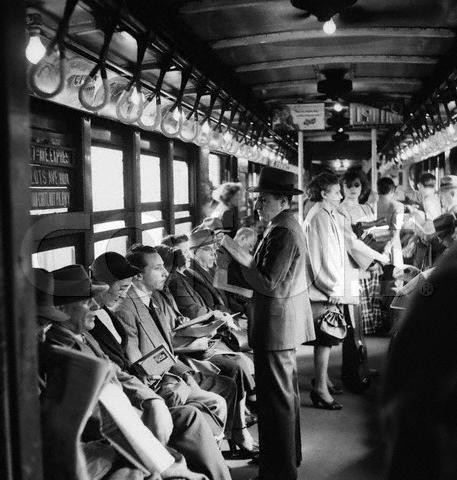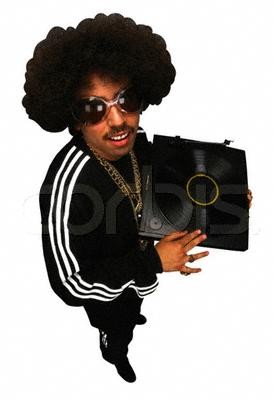LITR 4332: American Minority
Literature

Student Poetry Presentation 2004
"Brain on Ice: The El Train Poem"
Michael Warr
UA 85-86

Reader: Robert Lawing
Respondent: Patricia
Nater
Objectives:
1c. “To observe alternative identities and literary strategies developed by minority cultures and writers to gain voice and choice: . . . ”
1d. “The Color Code”
4b. “To distinguish the
ideology of American racialism—which sees race as pure, separate, and
permanent identities—from American practice, which always involves hybridity
(or mixing) and change.
Biography:
Currently, he is the “executive director of the Guild Complex, an award winning multicultural literary arts center” (Unsettling America, 400). Warr also has a book of poetry entitled We Are All the Black Boy, in which “Brain on Ice: The El Train Poem” first appeared. Notably, he has also won the Gwendolyn Brooks Significant Illinois Poets Award. All in all, he is an extremely skilled writer.
Interpretation:
This poem functions on two levels: the literal and metaphoric. On the literal, one finds an African American man sitting beside an empty seat on the elevated train in Milwaukee. The seat is available, clean, and adjacent to the door – which is a steal on any vehicle of mass transportation. However, no one will take the seat, because they are afraid or unwilling to sit next to the African American speaker. Notably, the persons who rush by are from “Ukranian Village,/Or maybe Warsaw,” (lines 5-6), meaning they are new immigrants, rather than assimilated natives. In response to their fear, the speaker identifies himself in their minds as the combined product of African Americans in film, referring to the Color Purple, Bigger Thomas, Nat Turner, Mandingo, Super Fly, and Malcolm X. Despite the avoidance of the seat, the train stops at the same destination for them all.
Before considering the metaphoric level of this poem, one should consider the literary term for this presentation. I chose “allusion” from the online Bedford Glossary of Literary Terms.
“Allusion A
brief reference to a person, place, thing, event, or idea in history or
literature. Allusions conjure up biblical authority, scenes from Shakespeare’s
plays, historic figures, wars, great love stories, and anything else that might
enrich an author’s work. Allusions imply reading and cultural experiences
shared by the writer and reader, functioning as a kind of shorthand whereby the
recalling of something outside the work supplies an emotional or intellectual
context, such as a poem about current racial struggles calling up the memory of
Abraham Lincoln.”
Allusions
are the key to understanding the metaphoric level of the poem.
After all, Warr does not merely say the foreigners avoid him for being
African American, despite his obvious accoutrements of education and
accomplishments. Instead, he
alludes to several negative or violent representations of African American men.
The
Color Purple = The Incestuous and Abusive Father
Bigger
Thomas = Main character of Native Son
Nat
Turner = Led first urbanized slave revolt
Mandingo
= Slave prize fighter from film of same name
Super
Fly = Blaxploitation
film character, crime lord/drug dealer
Malcolm
X = leader of Black Panthers
These allusions overpower the images nice clothing, the Book Review, the laptop, because that is what the immigrants see in him. However, as Megan Yeates noted in 2002, “the train ultimately arrives at the same destination for everyone, meaning ‘We’re all in this together despite our pasts and skin colors.’” Since these are immigrants, their fears really will impair them from advancing in contemporary America.

Questions:
2: The speaker refers to his job as "the deco-art marble plantation / In which we all / Are hourly enslaved." What do you feel enslaves these passengers? Is it their obsession with a color code, their own foreignness, or something else entirely?
3) Do we still produce and release unfair representations of African
Americans in international film and media?
Before considering a piece like Barbershop or Bringing Down the
House, what about artists like 50 Cent?